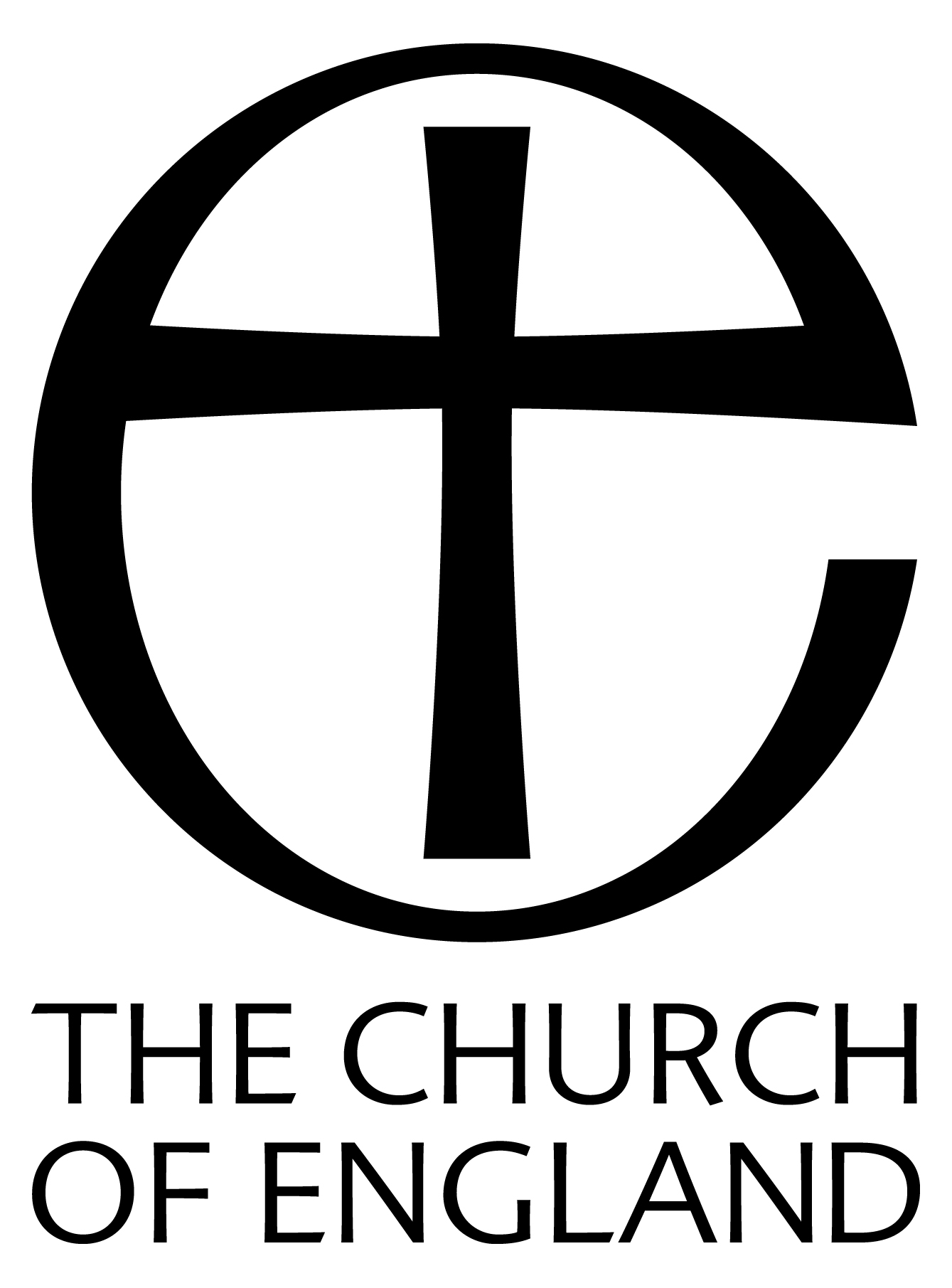Reproduced from
DRYPOOL -
Being a History of the Ancient
Parish of Drypool cum Southcoates
by M. Edward Ingram (1959)
by M. Edward Ingram (1959)
| < < < | > > > |
|
Venn himself, in one of his letters, says: "Drypool is not a place which everyone could or would undertake. The income is improving and may be stated at £230, but the parsonage house is in a deplorable local situation. . . . It is in itself a good and suitable building, but is placed in a most abominable situation, above a mile from the church, a brick-field in front, the great Holderness Drain on one side, the passage to the house for half a mile, not deserving the name of a road and utterly impassable for half of the year. . . and the population altogether of the lower ranks, with an overwhelming mass of surrounding poverty, about 6,000 poor and none but poor." The population was just over 2,000, but adding that of the Groves the numbers did reach 6,000. Although this area was actually in Sutton, Drypool was the nearest church, until St. Mark's was built in 1843 to the designs of Henry Francis Lockwood. In 1834 it was decided to install an organ. A Committee was formed and a subscription list opened, to which 95 people contributed. The organ was built by John Ward of York, at a cost of £160. It was set up in a gallery in the apse, where it completely dominated the altar. The organist of Christ Church, C. J. Skelton, opened the instrument on Sunday, 6th July, 1834, "when there were three Services and Collections amounted on the whole to £21 lOs. 4d." The first organist, who commenced duty the following Sunday, was George Leng, his salary being £15 a year. In 1846 a clock was placed in the church tower, and three years later James Harrison who had made it was appointed to attend to this "for the sum of three pounds." This commences in 1822. The Vestry met on Easter Monday, and appointed Wardens, and examined the |
In 1831, the new road was cut to Hedon, and in the following year Drypool was incorporated in the Borough of Kingston-upon-Hull. In 1836 Drypool Square was granted to the parish in perpetuity by Sir Thomas Aston Clifford Constable. This lay in front of the church, and was partly occupied by a stagnant piece of water called the Green Well, which was being progressively filled in. Gradually the green was cut up for road widening, but the last portion, which until recently housed the major part of Drypool Feast, was only built on in 1958. Most village feasts were associated with the dedication of the parish church. There is a minor feast of title on 1 st August, St. Peter ad Vincula. The feast was held in the second week of August, and if one makes allowance for the calendar alterations in 1751, the link with the patronal festival will be seen. The old part of the parish, Drypool-in-Sutton, was rapidly becoming industrialised by the middle of the nineteenth century. Oil mills, glue factories, the Hull Flax and Cotton Mills, and the Eagle Cotton Mills, completely changed this part of the parish, which was cut off and formed into a separate parish when St. Mark's was built. Increase in population meant increased burial space was needed, and the matter was further complicated by the requirements of the Dock Company |

|
|

|
|